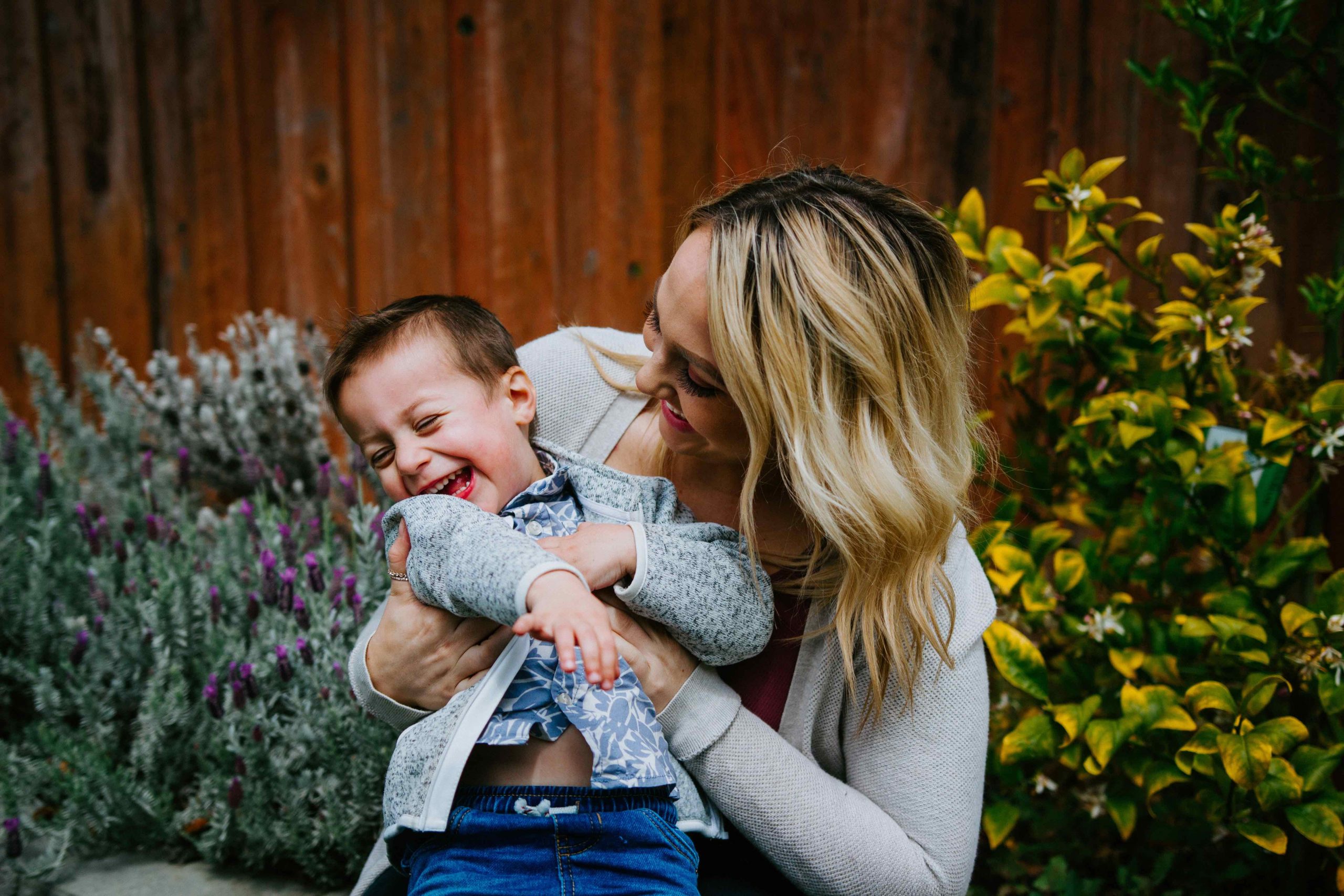People all over the world have attended Safe Conversations workshops, in-person and online. A huge majority have commented that the skills they learned and practiced during the workshop gave them hope for an improved relationship and a happier marriage or friendship.
Pretty much all those people are adults – many are couples looking to renew the connection in their marriages, or individuals that want to be better communicators for the next relationship, or business people who recognize that connection, not just communication, is key to happy employees and high morale.
One of the most prevalent questions we get from attendees goes something like this: “I loved learning these skills, and I can totally see how they’re going to change my relationship with my spouse, but how do I use these skills with my kids? If they haven’t been through the workshop, how will they know what to do?”
It’s a valid question, and one we love to hear. It’s our sole purpose to give people the skills they need to have conversations that are not only safe, but that lead to true connection and relational competence – paving the way for a shift from a culture that’s centered on the individual to one that elevates relationship. That begins with the individual, and that must include our kids – the most important ingredient in building a better next generation.
So, how DO you teach your kids the skills of Safe Conversations?
Well, not to be Captain Obvious or anything, but you start by modeling the behavior you want your kids to learn.
You know that word they were never supposed to use in front of Grandma? Well, where do you suppose they learned that? Certainly NOT by you sitting down and purposefully teaching it to them! (that’s what crazy aunts and funny uncles are for!) The kids learned it by seeing/hearing it in action – clearly this happened at preschool because you would NEVER use that kind of language in front of the kids!
The point is, kids learn differently than adults do, mostly because of the developmental stage they are in. We say kids are like sponges, soaking up all that goes on around them, and it’s true – for better or for worse. Kids’ brains have not yet developed to the point that they can assign meaning or context to most of the information that’s hurled at them from their environment. That’s where parents come in. You try your best to make sure that your child is exposed to things that are wholesome, constructive, and uplifting. No one plans to have their kids inundated with negativity, depression, and hopelessness. But look at what’s out there finding its way into your child’s experience.
You can do something purposeful to help minimize the impact of all that negativity.
You can show and model for your kids the “how-to’s” of a safe, loving conversation by using the Safe Conversations skills yourself, every day. Doing this in your own relationship, and in the presence of your kids, sets the ultimate example of how caring about and empathizing with another person creates healthy, strong, and reliable relationships – connections – that will support all the other aspects of one’s life.
In our Safe Conversations Workshop Leader Training Program, we say one must “Be it to lead it”. If you can be it, your kids will see it, they’ll take it in and make it their own. And this time, Grandma will be proud!

